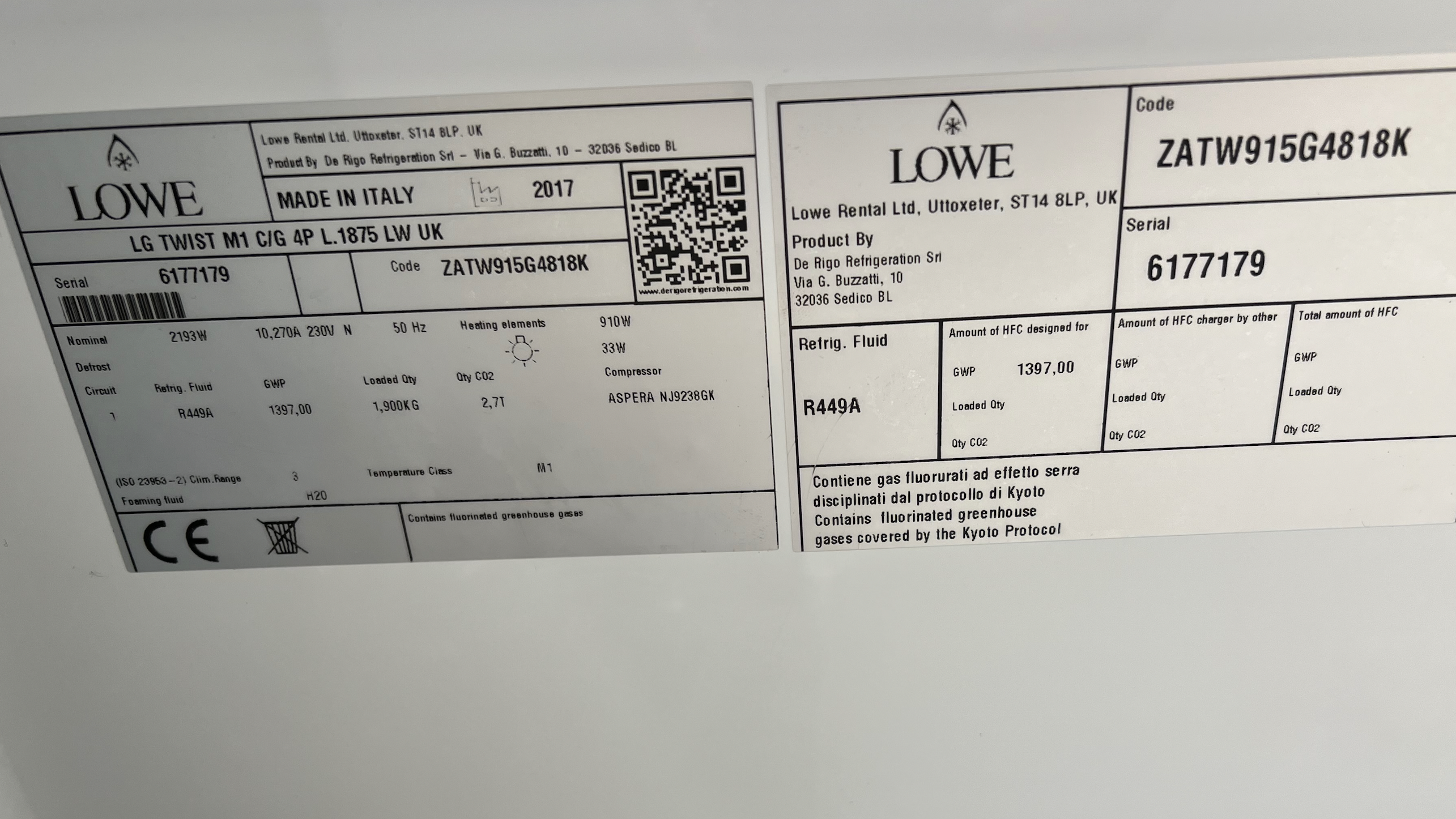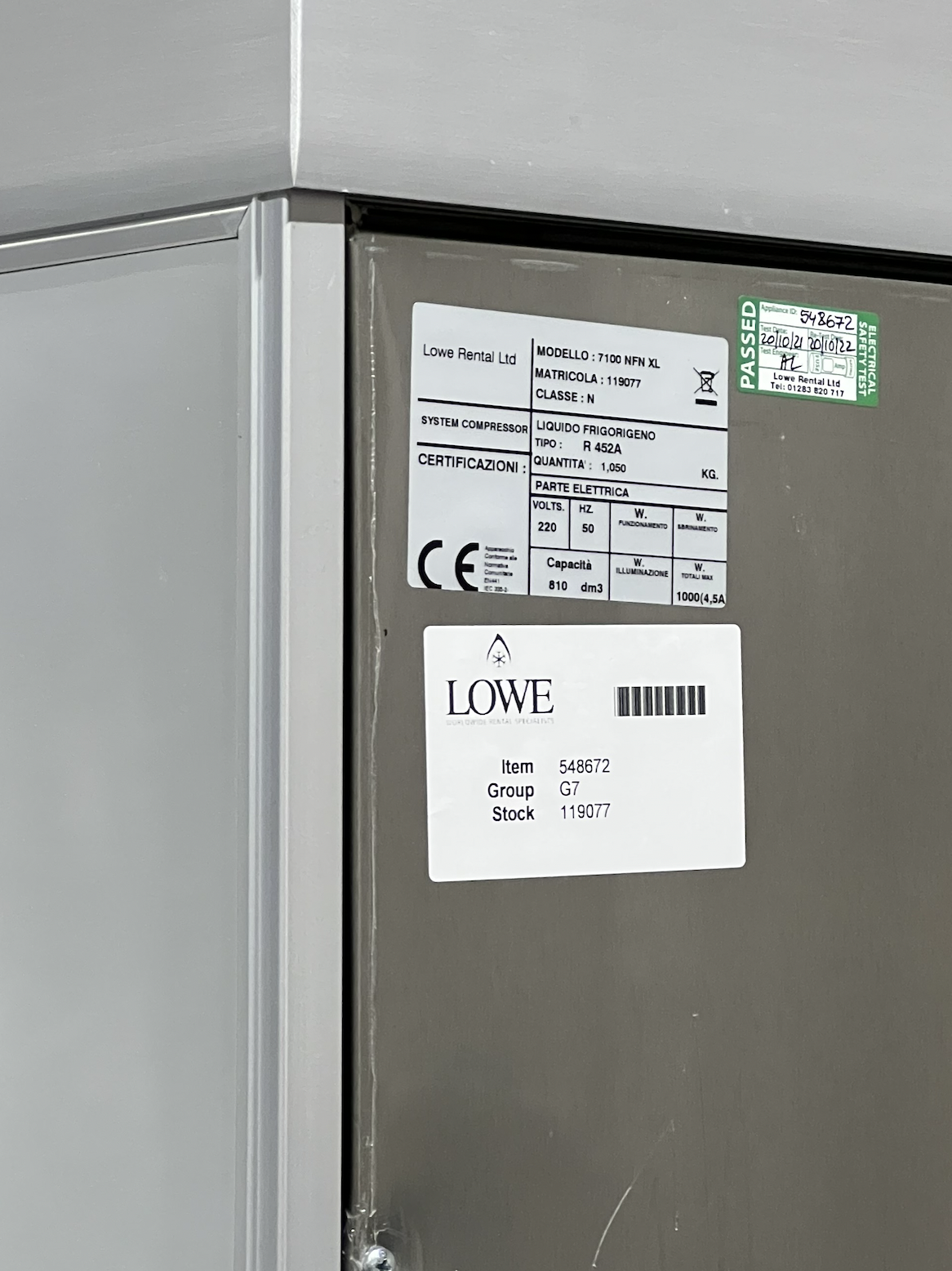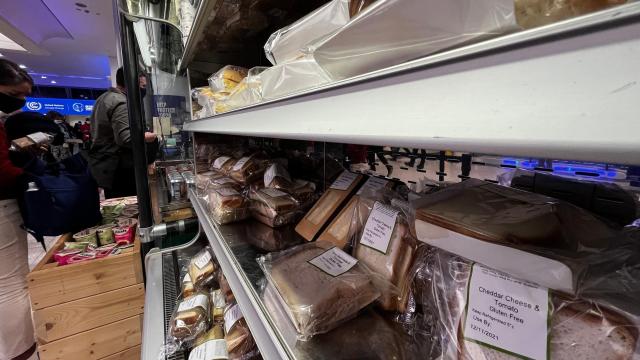GLASGOW, SCOTLAND — A lot of hoopla has been made over the private jets flying in and out of Glasgow during the United Nations climate talks. But they are far from the only flagrant source of emissions at the conference.
The fridges are secret climate polluters, relying on some of the most damaging greenhouse gases on the planet to keep the Irn Bru cold. It’s one more example revealing how hard it is for countries to currently walk the walk — and shows why a new international agreement is so important to preserving the climate.
“Using high global warming refrigerants in a climate conference is like pouring gasoline on a burning house,” Avipsa Mahapatra, the climate change lead at the Environmental Investigation Agency, said in a WhatsApp message. “It reveals the UK government’s wanton disregard towards walking the talk and doesn’t inspire confidence in the due diligence applied to ensuring a low carbon footprint event.”
Climate conference organisers have prided themselves on coming up with a plan to make the event carbon neutral. That plan includes four sets of options for each decision: avoid, reduce, replace, and offset emissions. Avoidance is the preferred choice, according to publicly available planning documents put together by consultancy Arup, while emission offsets are the least desirable. That makes sense: Every ton of greenhouse gas pollution not chucked in the atmosphere is a much bigger win than relying on spurious offsets to do the job.
Yet the refrigerators appear to have escaped notice. A tipster sent Earther pictures of labels in the mobile fridges stationed throughout the conference centre that forms the COP26 “blue zone.” Those labels include a stat that’s known as the “global warming potential,” a measurement of how much more potent a greenhouse gas is than carbon dioxide.
“Most commercial refrigerators have a label,” said an analyst with the Environmental Investigation Agency who didn’t want to be named since they’re involved with active investigations. “It’s not very obvious but it’s there.”
One fridge model used throughout the conference centre’s grab-and-go stations that doesn’t have doors relies on a gas that causes a staggering 1,397 times more damage than carbon dioxide. Another one with closed doors uses a gas with a global warming potential 2,140 times greater than carbon dioxide.

The gases in the fridges are part of a class of super pollutants known as hydrofluorocarbons or HFCs that are also commonly found in air conditioners. They were originally used as replacements for ozone-damaging chemicals known as chlorofluorocarbons or CFCs — but it turns out they come with their own huge set of problems. Now, the world is attempting to phase them out. Recent rules finalised by the U.S. Environmental Protection Agency will ratchet down their use and replace them with more climate-friendly alternatives.
The world also has a deal to wind down HFC use known as the Kigali Amendment that the UK and 126 other countries and the EU have ratified. The amendment doesn’t end HFC use overnight, of course. But seeing such damaging greenhouse gases at COP26 is surprising given the level of scrutiny on emissions tied to the event. Those who walk up to the fridges in search of lunch are confronted with a menu that includes the carbon footprint of each meal prominently displayed. Items on those menus, like the burger and haggis options, have come under fire for being carbon-rich. The burger has been rated as emitting 8.6 pounds (3.9 kilograms) of carbon dioxide equivalent while the haggis with neeps and tatties clocks in at 7.5 pounds (3.4 kilograms).

“A low carbon catering approach is being taken which includes locally sourced and seasonal menus and considers the supply chain, transport, packaging, preparation and waste management associated with catering across event venues,” the UK government’s report on the conference notes, though fridges are conspicuously absent.
But it turns out the fridges themselves are a much greater scourge than even the highest-carbon food options. The EIA analyst noted, based on the types of gas and amount in the fridges — which are also on the fridge label — each grab-and-go one had a 2.7 metric tons of carbon dioxide equivalent in it while the one with doors clocked in at 2.2 metric tons. That’s a lot of haggis.
“There are more than 35,000 supermarket systems around the globe, many thousands of them in the UK, which use non-HFC refrigerants,” Mahapatra said.
The emissions from HFCs come not from using them in a contained environment like a fridge, but instead during the manufacturing and disposal process, as well as from leaks. So in a sense, the emissions don’t “belong” to COP26. Still, they matter; the Kigali Amendment alone could avoid as much as 0.7 degrees Fahrenheit (0.4 degrees Celsius) of global warming if enacted globally. And Mahapatra noted that sustainable cooling should still have a place at these climate talks because it “represents one of the most viable and cost-effective near-term solutions to tackling climate change.”
“COP26 will be a carbon neutral event that is prioritising emissions mitigation through our Carbon Management Plan and offsetting unavoidable emissions, including those associated with travel of the COP President and UK officials in the run up to the event. We will achieve PAS2060 Carbon Neutrality validation for COP26 to assure our approach; we are the first COP to achieve PAS2060 certification on this,” a COP26 spokesperson said, referring to a metric created by the firm BSI.
Just as there are vegan haggis options, so, too, are there less polluting refrigerators available. Butane, ammonia, and even carbon dioxide are part of a growing number of refrigerants to keep things cool, including the planet. While it’s still a greenhouse gas, it has a global warming potential of three.
